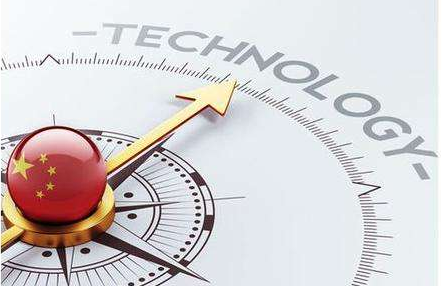
Dr. Edward Tse’s article was published in his regular column on Brazil’s HSM Management Magazine. In this article, Dr. Tse discussed how China’s system works to the favour of the country’s tech-enabled business innovations.

English Version
China’s Age of
Innovation and Game-Changers
Branded for decades as a “copycat nation”, China has now re-emerged as a global epicenter of business and technological innovations. The internet and tech sector – ranging from ride-hailing to e-commerce, robotics and artificial intelligence – grew 20 percent in 2018 to a total of 142 billion USD value. Two Chinese companies, Tencent and Alibaba are now among the top ten of the world’s most valuable companies. China has also become the second-largest birthplace of unicorns (unlisted companies valued at or above US$1 billion), and has filed the largest number of domestic AI-related patents, trumping Silicon Valley by as much as seven times, according to CB Insights.
Several drivers contribute to China’s rapid transformation. First, a “why not me” mindset drove the Chinese entrepreneurs who, realizing the huge gap between China and the rest of the world, in particular during the early years of China’s reform and opening, want to show that they too could succeed.
Second, as its economy transformed, China’s once-hidden societal pain points became exposed; coupled with the prevalence of technology (especially the wireless internet and smartphones), these pain points provided the breeding ground for innovations.
Third, while their state-owned counterparts are typically slower in adaptation, privately-owned entrepreneurial companies rose to the challenge and took on the opportunities. At the same time, China’s massive market allowed companies to rapidly scale up, and its hyper-competition spurred companies to continuously innovate.

Finally, Chinese companies have benefited greatly from the vast pools of venture capital and angel investors. Many of the investors, including both foreign and local, have also benefited from exceptional returns on their investments in China.
The innovative ecosystem arose from China’s unique “Three-layer Duality” development model. At the top, the central government’s guiding hand sets goals and directions for the country, giving the rest of the country clear targets to follow. At the grass-roots level, the private sector entrepreneurs have re-emerged since the end of China’s Cultural Revolution and is a major force in driving the growth of China’s economy. And, In the middle, China’s local governments channel their resources into national and local priorities, often collaborating closely with entrepreneurs who bring innovative ideas to bear. Local governments often compete with each other, but they also cooperate within regional clusters. Though the model occasionally suffers from glitches, in general, the coexistence of private and state-owned players provides tremendous resilience for the growth of both sectors.
China’s path towards an innovative economy will, however, not simply be a straight line; it will inevitably involve many ups and downs. The probability of successful innovations for anyone – either large corporate or startups – is low. Nonetheless, with the scale of the China market, its relatively fast rate of growth, the increasing prevalence of various forms of technologies such as artificial intelligence, Internet-of-Things, blockchain technology and 5G, as well as the prowess of its “three-layer duality” paradigm, one would expect that China could continue to drive innovations in significant ways.

